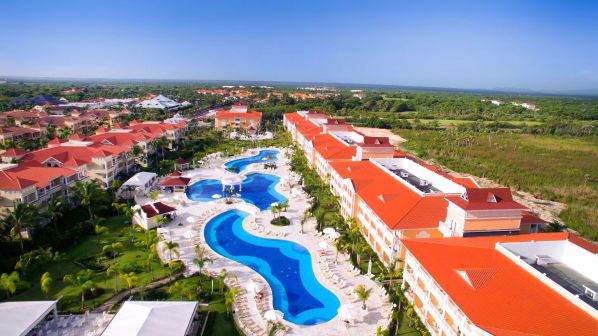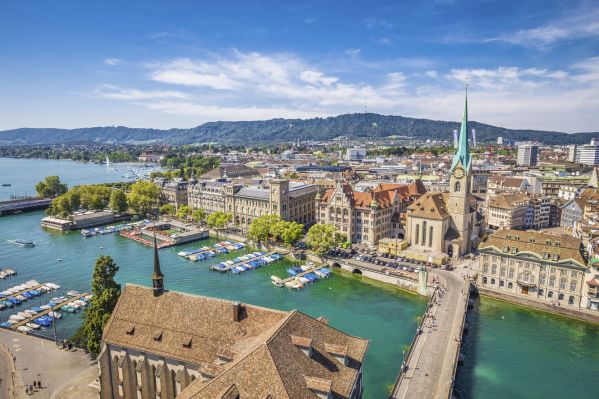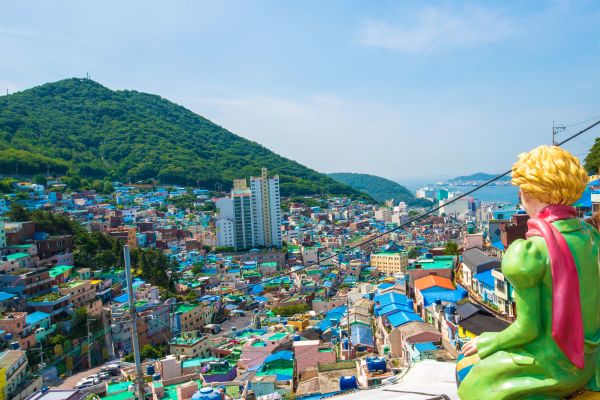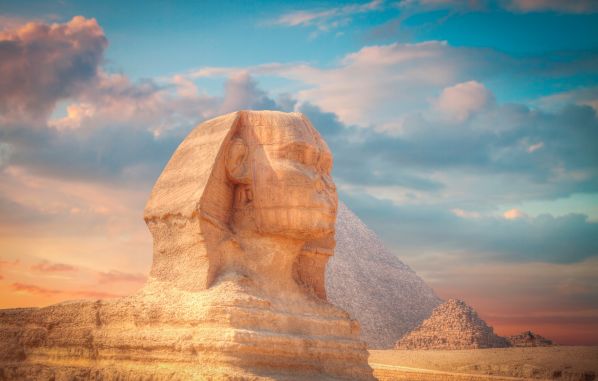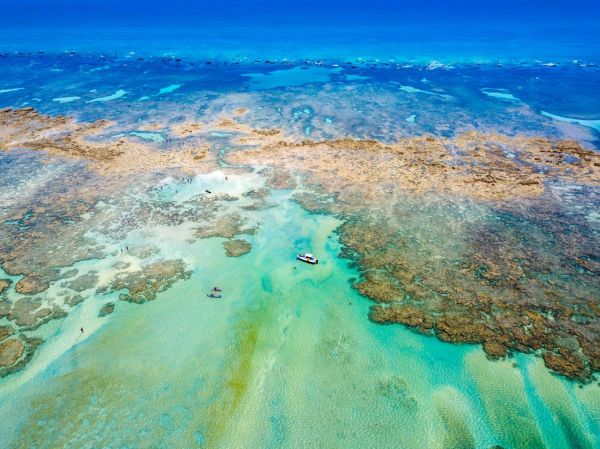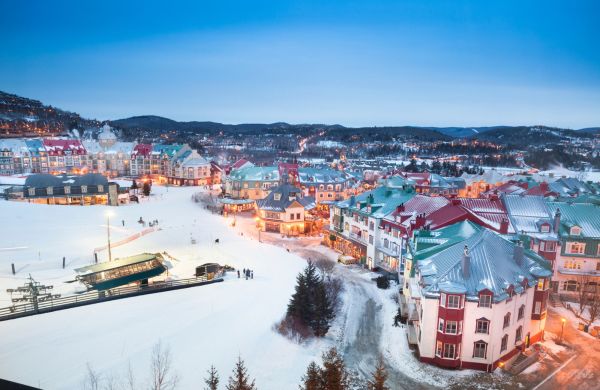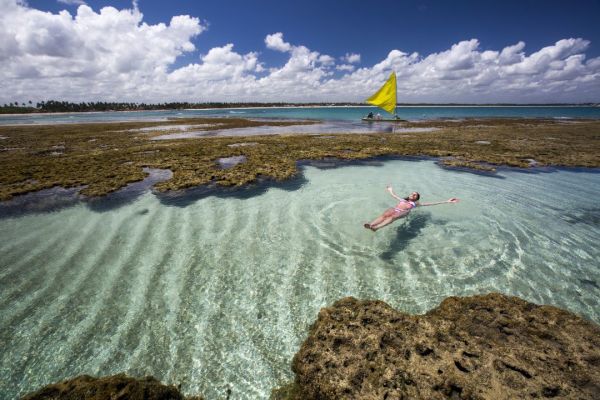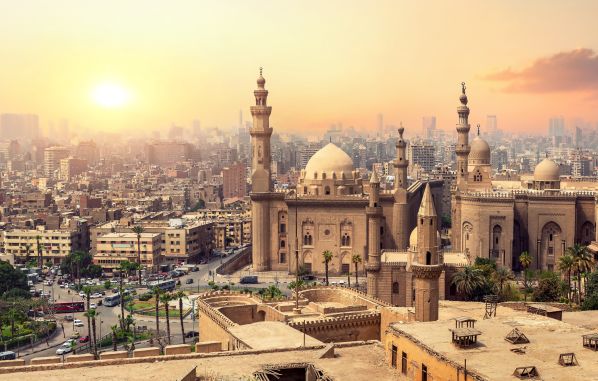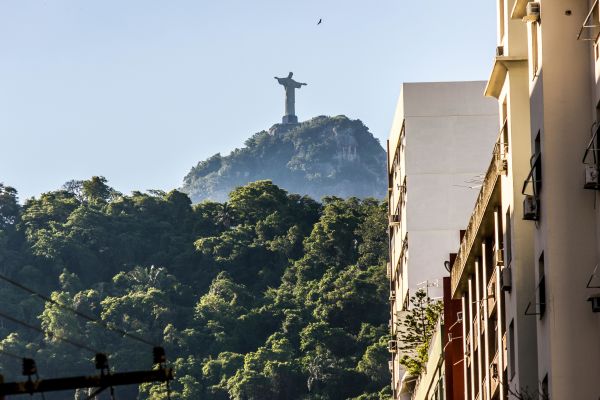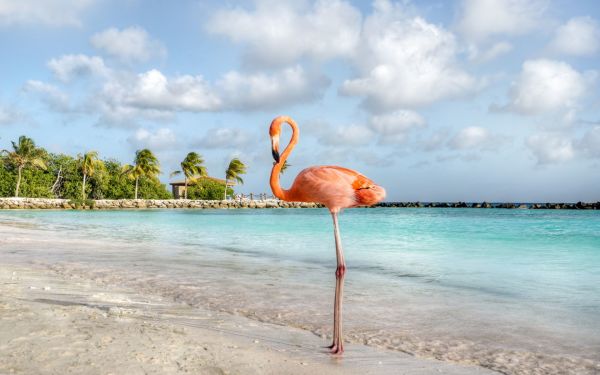Route of the Parks of Patagonia: Everything you need to know

A journey of conservation and nature . A unique route in the world. The Route of the Parks is much more than a map drawn among natural treasures; it is a journey to the essence of Chilean Patagonia , an invitation to discover a territory where sustainable tourism fulfills its role of protecting one of the last pristine corners of the planet.
This impressive journey, covering 2,800 kilometers from Puerto Montt to Cape Horn , is a vision made real by the Rewilding Chile Foundation (formerly Tompkins Conservation Chile), in its mission to preserve the majesty of Patagonia for future generations.
Below, we tell you everything you need to know about the Route of the Parks of Patagonia .
What is the Route of the Parks?
Imagine a route that crosses 17 national parks , connecting a third of Chile with a network of life that protects 11.8 million hectares of temperate rainforests, ice fields, and the world's most extensive fjord system .
The Route of Parks is not only a refuge for endangered species such as the huemul and the huillín, but it also plays a crucial role in the fight against climate change , by storing three times more carbon per hectare than the Amazon.

Chilean Patagonia is a place where nature remains the undisputed star. From glacier-covered mountains to wetlands teeming with unique biodiversity , each national park along this route reminds us of the importance of preserving these ecosystems with minimal human impact, which act as buffer zones against the climate crisis and species extinction.
The Route of Parks in Patagonia boosts the economy in more than 60 local communities , which live in harmony with impressive biodiversity: 140 species of birds and 46 species of mammals inhabit this pristine environment . With 91% of the territory protected as a National Park , this route stands as a bastion of conservation and an unparalleled natural treasure.
This monumental project, developed from the vision of Douglas Tompkins , co-founder of Tompkins Conservation and Rewilding Chile, continues today with the support of public and private organizations such as the National Forestry Corporation (Conaf), the Natural Tourism Service (Sernatur) and the Production Development Corporation (Corfo).
The 17 parks on the route
Each national park along the route offers a unique window into nature in its purest form. In the Los Lagos Region , Pumalín Douglas Tompkins National Park is a sanctuary of ancient alerce trees, while Alerce Andino National Park is known for its crystalline lagoons surrounded by native trees. Also in this region, Hornopirén and Corcovado National Parks are open year-round, inviting adventurers to explore their forests and mountains.

Further south, in the Aysén Region , lie wonders such as Queulat National Park , famous for its hanging glacier, and Melimoyu National Park , where nature lovers can spot whales. Laguna San Rafael National Park and Patagonia National Park offer breathtaking landscapes, from glaciers to vast valleys, while Isla Magdalena National Park is an explorer's paradise, accessible only by sea.

In the Magallanes Region , Bernardo O'Higgins National Park , the largest in Chile, stretches across two regions, offering a vast and diverse landscape. Also located here are Pali Aike National Park , with its rich birdlife, and Kawésqar National Park , which, along with Alberto de Agostini National Park , provides access to the wildest and least disturbed natural environment.

The iconic Torres del Paine National Park , known worldwide, is one of the most sought-after destinations for travelers, while Yendegaia and Cape Horn parks complete this impressive route, offering a truly unforgettable experience.

Furthermore, the 18th park will soon be added . At Cape Froward, the southernmost point of the Route, work is underway to create a new national park to protect the valuable ecosystems of this corner of the continent.
Map of the Parks Route

The Parks Route Passport
One of the most unique experiences offered by the Route of the Parks is the opportunity to obtain a passport that will accompany you at every stage of your adventure . This document, more than just a souvenir, becomes a personal logbook where you can record your experiences, observations of flora and fauna, and of course, the stamps from each national park you visit.
The Route of the Parks passport , which is free and in limited supply, is not required for park entry, but it adds an element of adventure to your trip. To obtain it, you must register at one of the designated collection points in the Los Lagos, Aysén, and Magallanes regions, where you will find a QR code to register . Once you receive confirmation, you can pick up your passport at the designated offices.
By obtaining your passport, you also commit to being a responsible tourist , taking an active role in preserving this invaluable natural heritage.

Traveling the Route of the Parks offers an opportunity to immerse yourself in Patagonia's natural beauty, to learn from it, and to actively participate in its conservation. And as an adventurer, how satisfying it must be to get your passport stamped with each visit to the 17 national parks that make up this unique journey on Earth .
You might also be interested in: Expan Experience: New York's viewpoints

